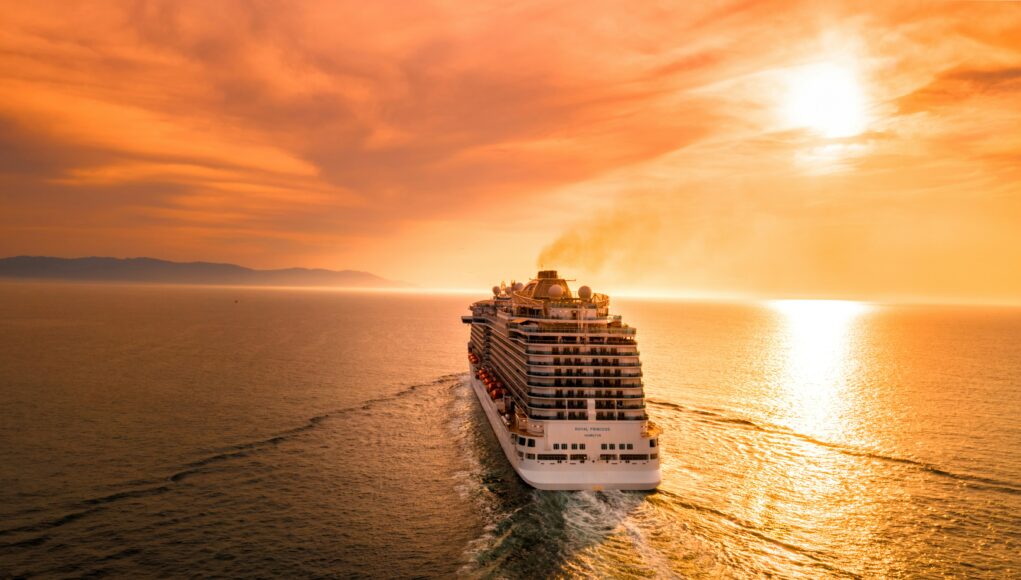Cruising offers a unique way to explore multiple destinations while enjoying the comforts of a floating hotel.
Whether it’s your first cruise or you’re a seasoned sailor, understanding the essentials can elevate your experience from ordinary to extraordinary. From packing tips to onboard activities, this guide will help you master the art of cruising and ensure that your voyage is one to remember. Imagine waking up to a new port each day, indulging in gourmet dining, and enjoying entertainment options that rival those of the best resorts. With the right preparation, cruising can be one of the most enjoyable ways to travel.
Choosing the Right Cruise Line
When it comes to selecting a cruise line, the options can be overwhelming. Each cruise line caters to different demographics and preferences. For families, Disney Cruise Line offers magical experiences with character meet-and-greets and themed activities. For luxury seekers, lines like Seabourn or Silversea provide all-inclusive packages with gourmet dining and personalized service. Budget-conscious travelers might consider Carnival or Norwegian Cruise Line, which offer affordable rates and a variety of onboard activities.
Pricing varies significantly based on the cruise line and itinerary. For example, a 7-night Caribbean cruise can range from $500 to $2,000 per person, depending on the cruise line and cabin type. Researching and comparing options can help travelers find the best fit for their needs and budget.
Packing Essentials for Your Cruise
Packing for a cruise requires careful consideration to ensure you have everything you need without overpacking. Start with the basics: comfortable clothing for daytime excursions and formal attire for evening dining. Most cruise lines have at least one formal night where guests are encouraged to dress up. A cocktail dress or suit can elevate your dining experience.
Don’t forget essentials like sunscreen, swimwear, and comfortable shoes for exploring ports. A lightweight rain jacket is also advisable, especially for cruises in tropical regions where sudden showers can occur. Additionally, consider bringing a small carry-on bag for embarkation day, as luggage may take time to arrive at your cabin.
Onboard Activities: Making the Most of Your Time
Cruise ships are like floating cities, offering a plethora of activities to keep guests entertained. From Broadway-style shows to cooking classes, there’s something for everyone. Many cruise lines feature onboard amenities such as rock climbing walls, water slides, and even ice skating rinks. For those looking to relax, spas and wellness programs provide a tranquil escape.
Participating in onboard activities can also be a great way to meet fellow travelers. Join a trivia night or a dance class to break the ice. Additionally, many cruise lines offer enrichment programs, such as lectures by guest speakers or workshops on various topics, which can enhance your cruising experience.
Dining Options: Culinary Adventures at Sea
Dining on a cruise is an experience in itself. Most cruise lines offer a variety of dining options, from casual buffets to upscale restaurants. Guests can enjoy diverse cuisines, often crafted by renowned chefs. Specialty dining venues may charge an additional fee, typically ranging from $20 to $50 per person, but many travelers find the experience worth the splurge.
Don’t miss the opportunity to try local dishes during port stops. Many cruise lines offer shore excursions that include culinary experiences, such as cooking classes or food tours, allowing travelers to immerse themselves in the local culture.
Excursions: Exploring Ports of Call
One of the highlights of cruising is the chance to explore multiple destinations without the hassle of constant packing and unpacking. Each port of call offers unique opportunities for adventure, from historical tours to beach days. Cruise lines typically offer organized excursions, which can range from $50 to $200 per person, depending on the activity.
For those looking to save money, consider exploring ports independently. Research local transportation options, such as buses or taxis, and plan your own itinerary. This can often lead to more authentic experiences and hidden gems that larger groups might miss.
Safety and Health Considerations
Safety is paramount when cruising. Most cruise lines have strict health protocols in place, especially in light of recent global health concerns. Travelers should familiarize themselves with the cruise line’s health policies, including vaccination requirements and testing protocols.
Additionally, it’s wise to purchase travel insurance that covers medical emergencies and trip cancellations. This can provide peace of mind and financial protection in case of unexpected events. Staying informed about the destinations you will visit, including local customs and safety tips, can also enhance your travel experience.
Conclusion: Setting Sail for Adventure
With the right preparation and knowledge, cruising can be an unforgettable way to explore the world. From selecting the perfect cruise line to packing wisely and enjoying onboard activities, every detail contributes to a memorable voyage. Embrace the adventure, savor the experiences, and let the sea take you to new horizons. Whether it’s your first cruise or your fiftieth, there’s always something new to discover on the open waters.
Frequently Asked Questions
What’s the best time of year to go on a cruise?
The best time to cruise often depends on the destination. For Caribbean cruises, the peak season is from December to April when the weather is warm and dry. However, traveling during the shoulder season (May and November) can offer lower prices and fewer crowds. For Alaska, the summer months of June to August provide the best weather for exploring the stunning landscapes.
How much should I budget for a cruise?
Budgeting for a cruise involves several factors, including the cruise line, itinerary, and cabin type. On average, travelers can expect to spend between $100 to $200 per day, which includes accommodations, meals, and entertainment. Additional costs may include excursions, specialty dining, and gratuities, which can add another $50 to $100 per day. Planning ahead and researching costs can help travelers stay within their budget.
What should I pack for a cruise?
Essential items to pack for a cruise include casual clothing for daytime activities, formal attire for evening dining, swimwear, sunscreen, and comfortable shoes for excursions. A light jacket or sweater is also advisable for cooler evenings. Don’t forget necessary medications, travel documents, and a small carry-on bag for embarkation day.
Are cruises safe?
Yes, cruises are generally safe, with strict safety protocols in place. Cruise lines conduct regular safety drills, and ships are equipped with advanced medical facilities. Travelers should stay informed about health guidelines and local customs at each port of call. Purchasing travel insurance can also provide additional peace of mind.
How do I get to the cruise port?
Transportation to the cruise port can vary based on location. Many travelers opt for airport shuttles, taxis, or rideshare services. Some cruise lines offer transportation packages that can be booked in advance. It’s advisable to arrive at the port at least a day early to avoid any potential travel delays.
Can I use my phone on a cruise?
Most cruise ships offer Wi-Fi services, but they can be costly, often charging per minute or offering packages. Travelers should check with their cruise line for specific policies. Additionally, international roaming charges may apply, so it’s wise to contact your mobile provider before setting sail.
What are some insider tips for cruising?
To enhance your cruise experience, consider booking excursions early to secure your spot. Arrive at the port early to avoid long lines during embarkation. Take advantage of onboard activities and dining options to fully immerse yourself in the cruise experience. Lastly, don’t hesitate to ask crew members for recommendations; they often have insider knowledge about the best experiences on board and at each port.





















